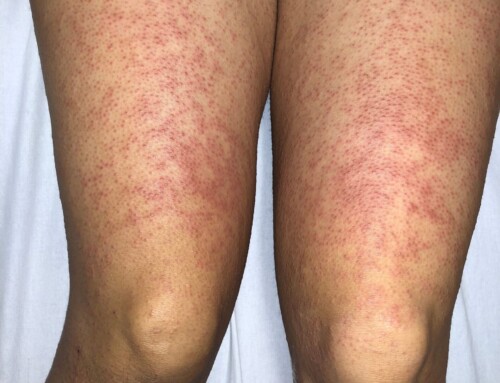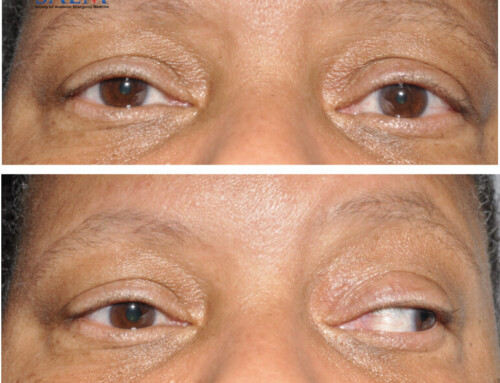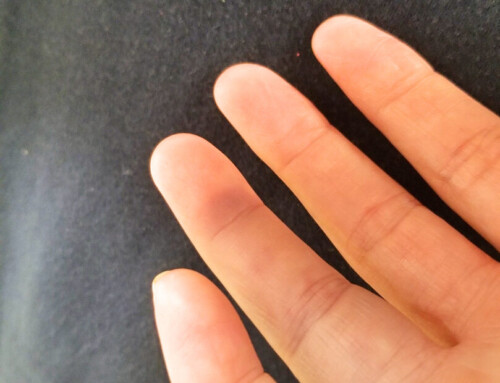
A 42-year old Bengali man with a history of hyperlipidemia presented to the Emergency Department with facial swelling, diffuse rash, renal insufficiency and proteinuria after receiving his COVID-19 vaccine (Moderna) booster dose. There were no adverse events with the first two doses of the vaccine except for mild transient sore throat and cough after the 2nd dose. Within a few hours after the booster dose, the patient noted a pruritic rash initially on his scalp, that then spread to his torso associated with facial swelling, fever, and chills. He presented to his primary care physician three days later. At that time, laboratory workup showed proteinuria, elevated C-reactive protein (65.2), and an elevated serum creatinine (2.84 mg/dl). He was advised to go to the Emergency Department.





